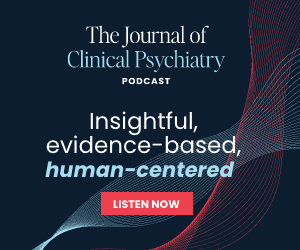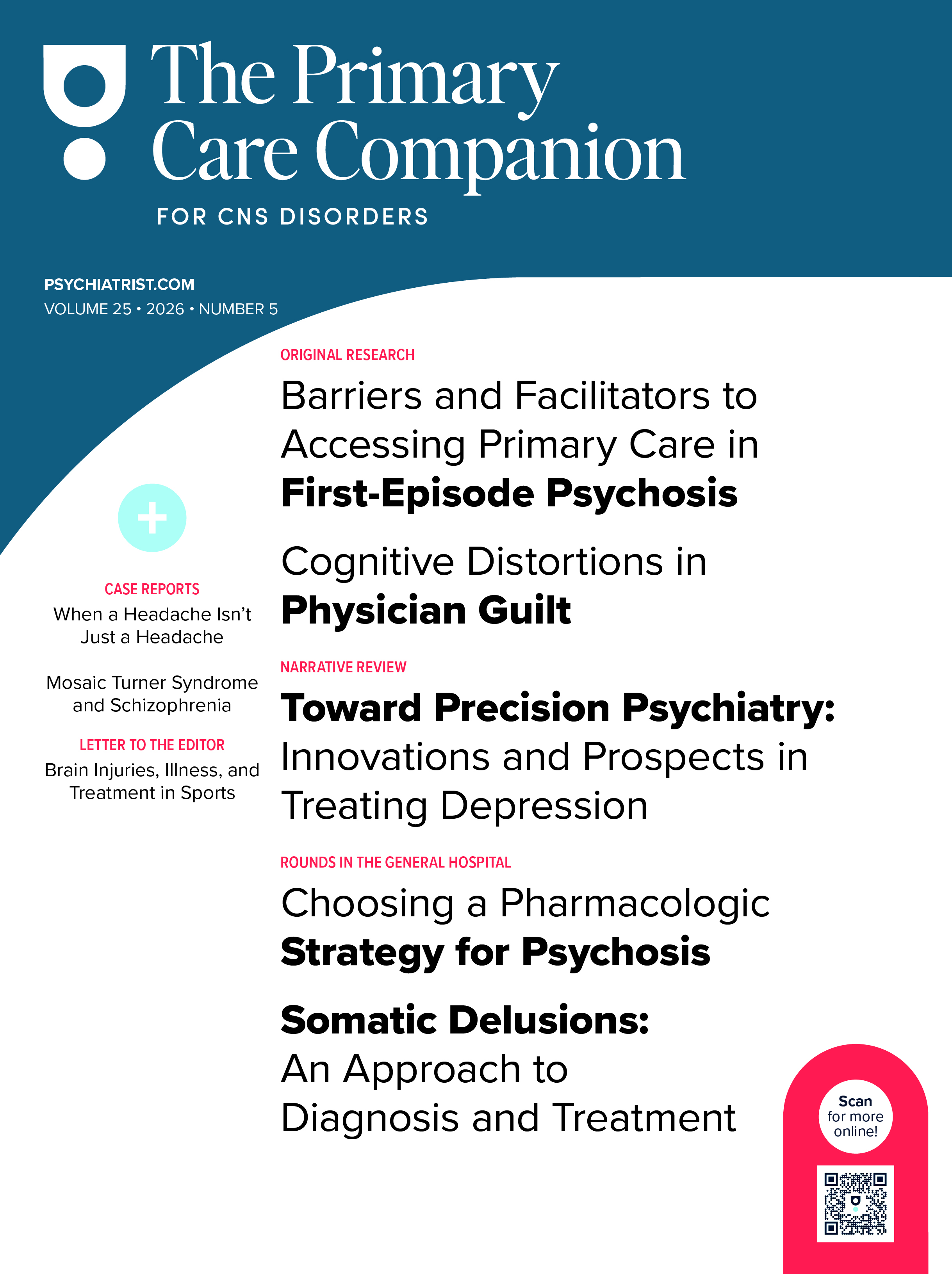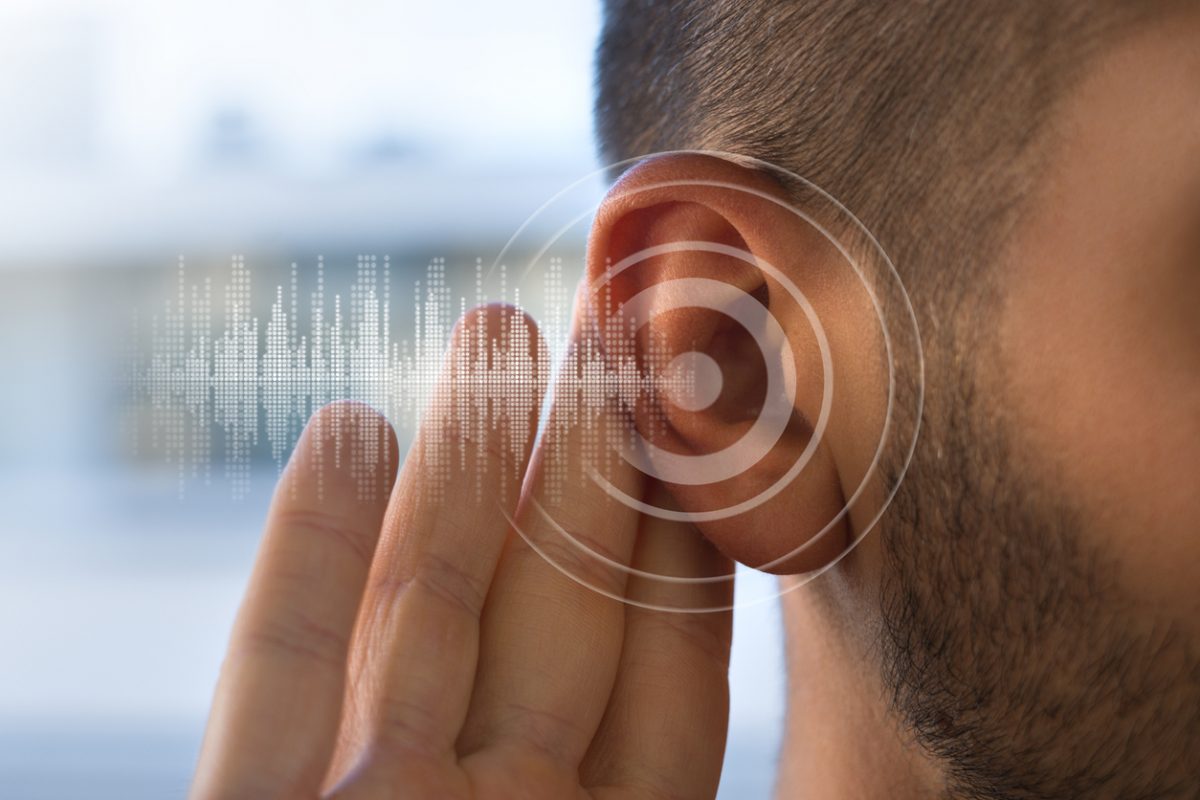See article by Kaur et al and letter by Espinoza and Kellner
To the Editor: We appreciate the response from Drs Espinoza and Kellner and thank them for their thoughtful engagement with our recent publication.1 We fully agree with the importance of electroconvulsive therapy (ECT) as a treatment option for catatonia, particularly as second-line treatment in patients for whom benzodiazepines are no more than partially effective or a first-line consideration for those with severe manifestations, especially malignant catatonia. The American Psychiatric Association’s recently published resource document on catatonia also recommends starting ECT as soon as possible for the above cases (ie, limited response to benzodiazepines and severe cases of catatonia).2
We acknowledge our oversight in not surveying participants on their knowledge of ECT as a treatment for catatonia. We envisioned this project as a first step toward generating awareness of catatonia among internists and neurologists. Our intention was not to provide an exhaustive assessment of diagnostic and therapeutic approaches, but rather to initiate awareness and identify opportunities for further education among 2 groups of clinicians who are often the first to encounter catatonia in acute care settings. Put differently, we sought to provide internists and neurologists with the equivalent of “basic cardiopulmonary resuscitation” catatonia training. Just as a hospitalist’s role is to identify cardiac arrest, begin first-line treatment, and consult emergency services and cardiology for advanced management, we regard a similar first-line role of internists and neurologists for catatonia, including diagnosis and initiating first-line treatment (ie, benzodiazepines) while consulting psychiatry for further evaluation and management. We would typically expect a psychiatric clinician to determine whether other pharmacotherapeutic approaches, such as mood stabilizers or N-methyl-D-aspartate receptor antagonists,3 or initiating ECT are indicated.
Our findings are preliminary and should be interpreted with caution in the setting of the study’s limitations. The Catatonia Experience, Impressions, and Applications survey (see Supplementary Material) was developed by our research team and piloted internally with faculty, residents, and medical students at our institution. As with many early-stage instruments, the questionnaire would benefit from further refinement, specifically incorporating feedback and insights gained from this initial study. Due to differences in design and methodology, our results are not directly comparable to those of Cooper and Roig Llesuy4; however, they, too, identified differences in knowledge about catatonia among medical specialties and highlighted areas for continued education among internal medicine and psychiatric clinicians. We also acknowledge as limitations our study’s modest sample size, high attrition rate, and potential selection bias—namely, that those who participated may have had a greater interest in and knowledge of catatonia than the general population of acute care practitioners.
Our overarching goal with this study is to raise awareness of catatonia among acute care practitioners, so we are grateful for the opportunity afforded by this letter to reinforce the importance of early catatonia recognition and effective management. Continued research and educational efforts across specialties are essential to ensuring prompt recognition and treatment of catatonia, including consideration of ECT, which can prove lifesaving.
Article Information
Published Online: September 11, 2025. https://doi.org/10.4088/PCC.25lr04006a
© 2025 Physicians Postgraduate Press, Inc.
Prim Care Companion CNS Disord 2025;27(5):25lr04006a
To Cite: Kaur J, Maeng DD, Wortzel J, et al. What internists and neurologists know and think about catatonia: reply to Espinoza and Kellner. Prim Care Companion CNS Disord 2025;27(5):25lr04006a.
Author Affiliations: Department of Psychiatry, University of Pittsburgh Medical Center, Pittsburgh, Pennsylvania (Kaur); Department of Psychiatry, University of Rochester Medical Center, Rochester, New York (Maeng, Oldham); Department of Psychiatry, Yale School of Medicine, New Haven, Connecticut (Wortzel).
Corresponding Author: Japsimran Kaur, MD, Department of Psychiatry, University of Pittsburgh Medical Center, 3811 O’Hara St, Pittsburgh, Pennsylvania 15213 ([email protected]).
Relevant Financial Relationships: None.
Funding/Support: None.
Supplementary Material: Available at Psychiatrist.com
References (4)

- Kaur J, Maeng DD, Wortzel JR, et al. What internists and neurologists know and think about catatonia. Prim Care Companion CNS Disord. 2025;27(2):24m03853. PubMed CrossRef
- Wilson JE, Oldham MA, Francis A, et al. Catatonia: American Psychiatric Association resource document. J Acad Consult Liaison Psychiatry. 2025. Published online. doi:1016/j.jaclp.2025.05.00. CrossRef
- Pelzer AC, van der Heijden FM, den Boer E. Systematic review of catatonia treatment. Neuropsychiatr Dis Treat. 2018;14:317–326. PubMed CrossRef
- Cooper JJ, Roig Llesuy J. Catatonia education: needs assessment and brief online intervention. Acad Psychiatry J Am Assoc Dir Psychiatr Resid Train Assoc Acad Psychiatry. 2017;41(3):360–363. PubMed CrossRef
Please sign in or purchase this PDF for $40.





